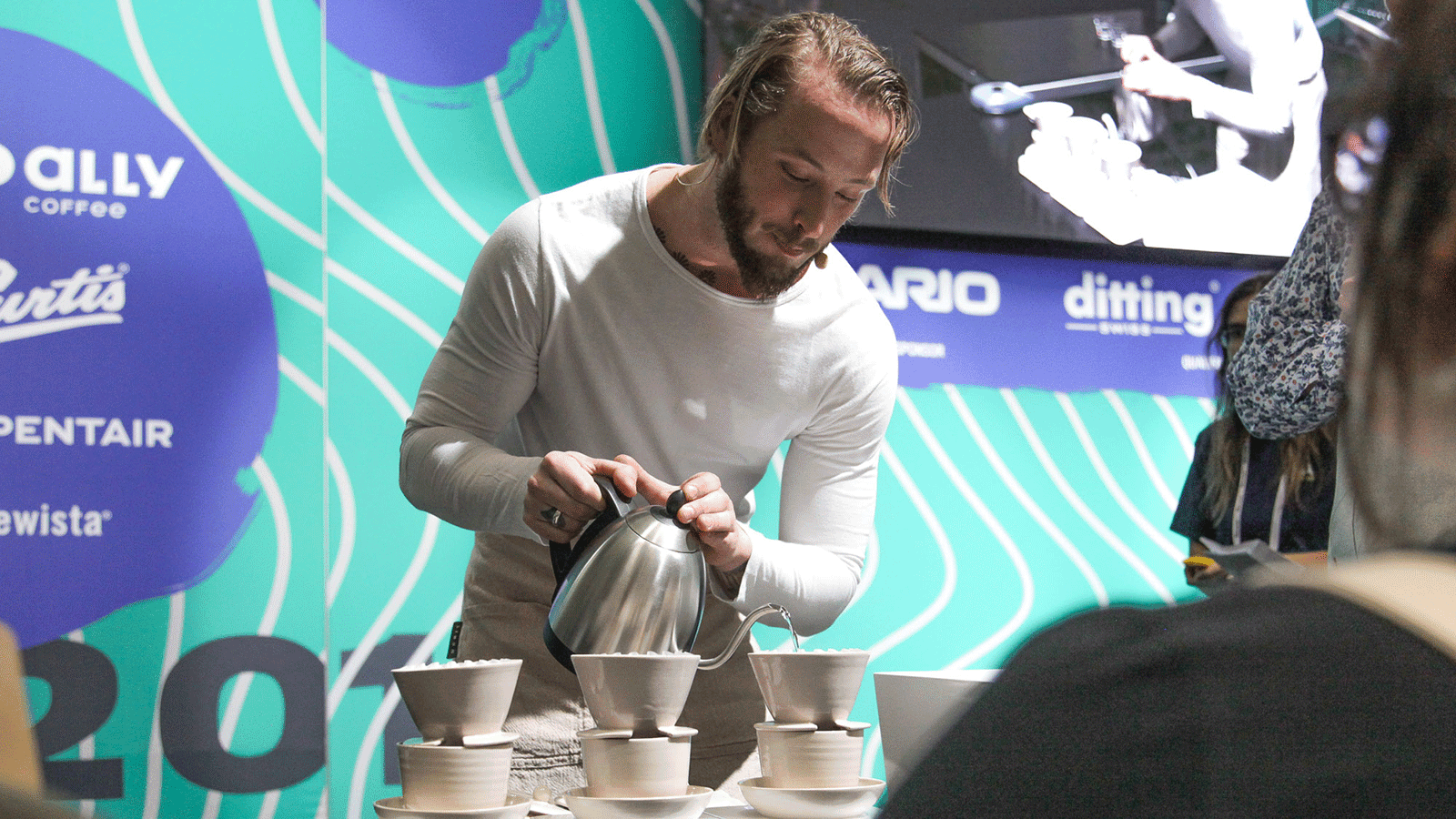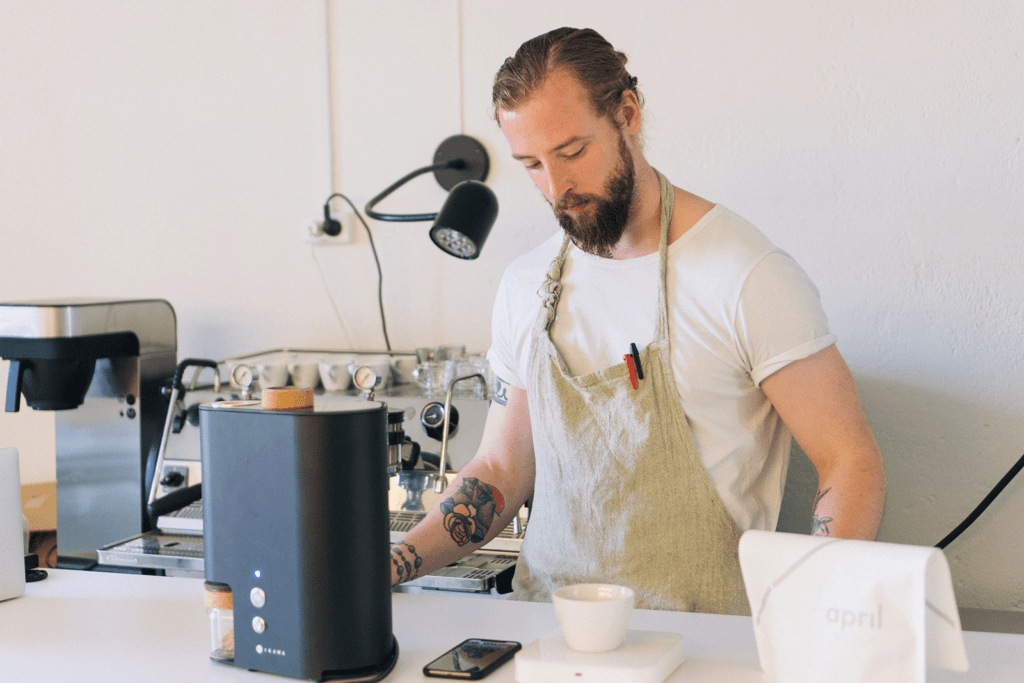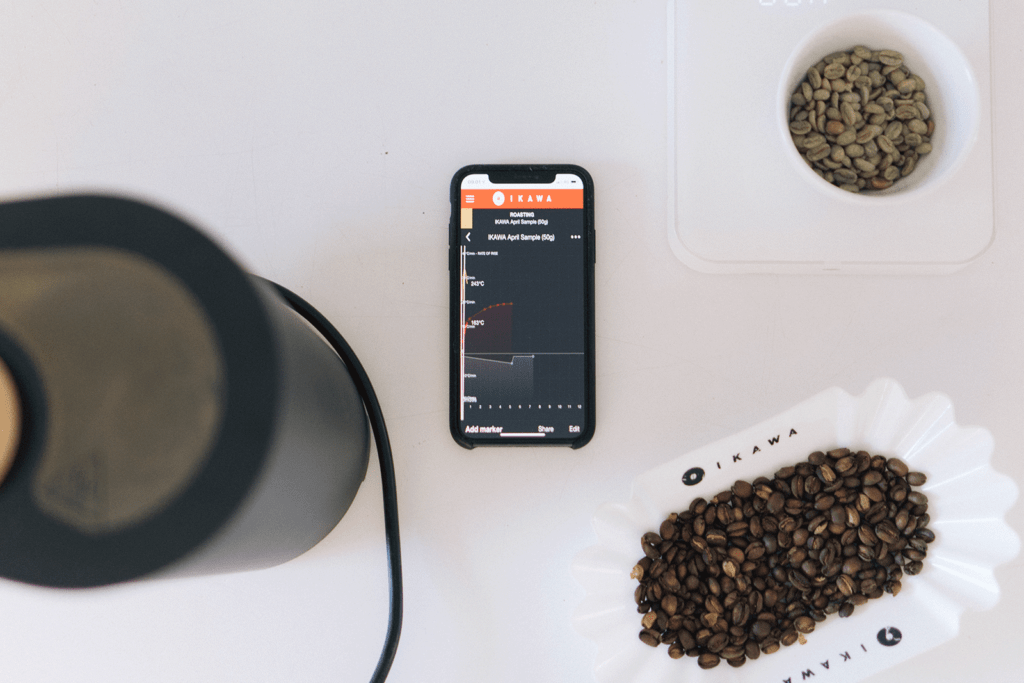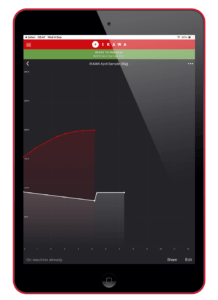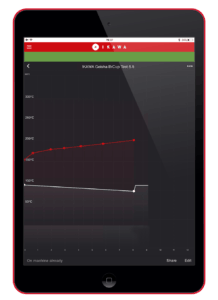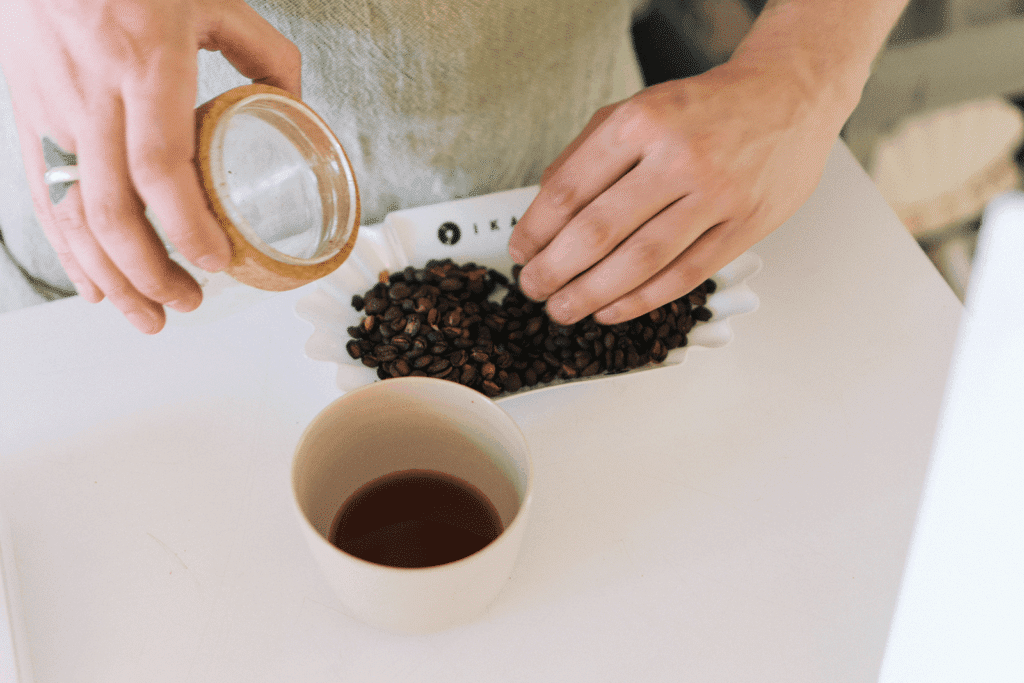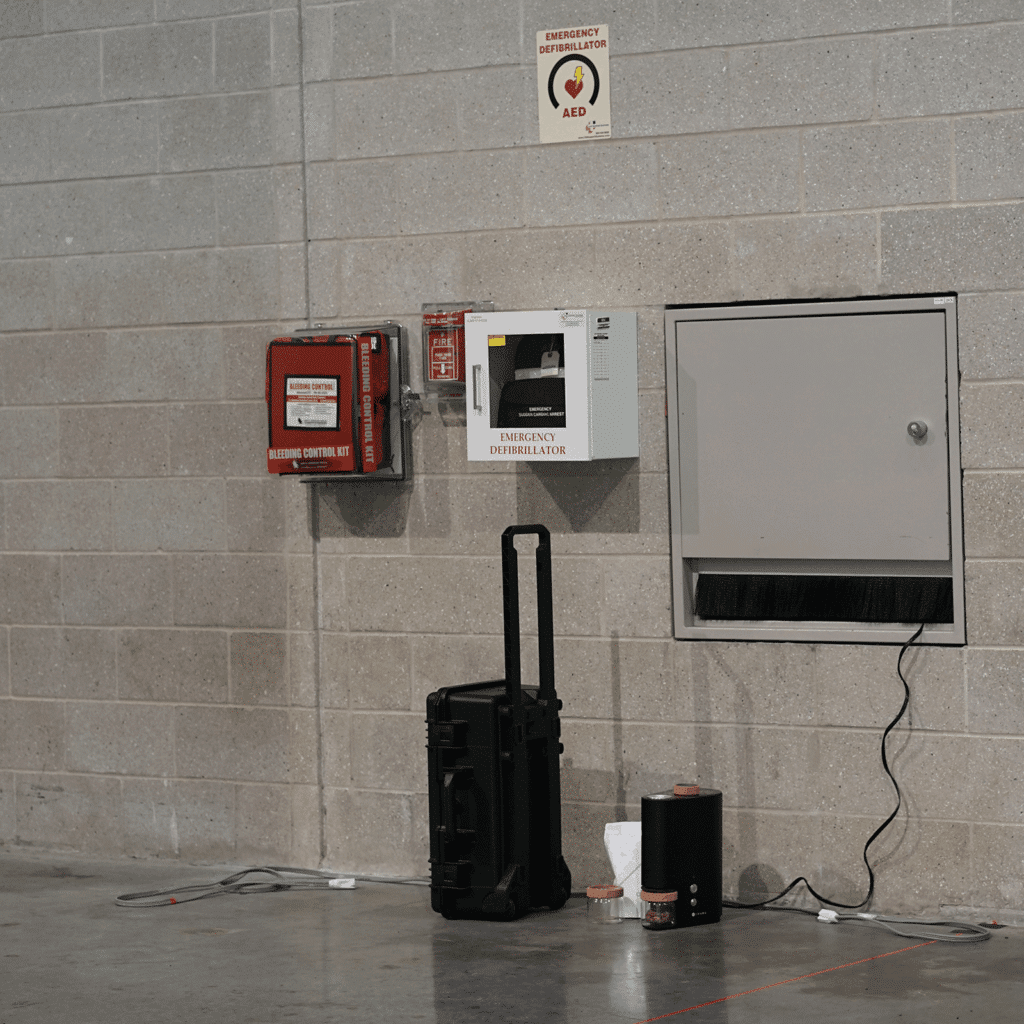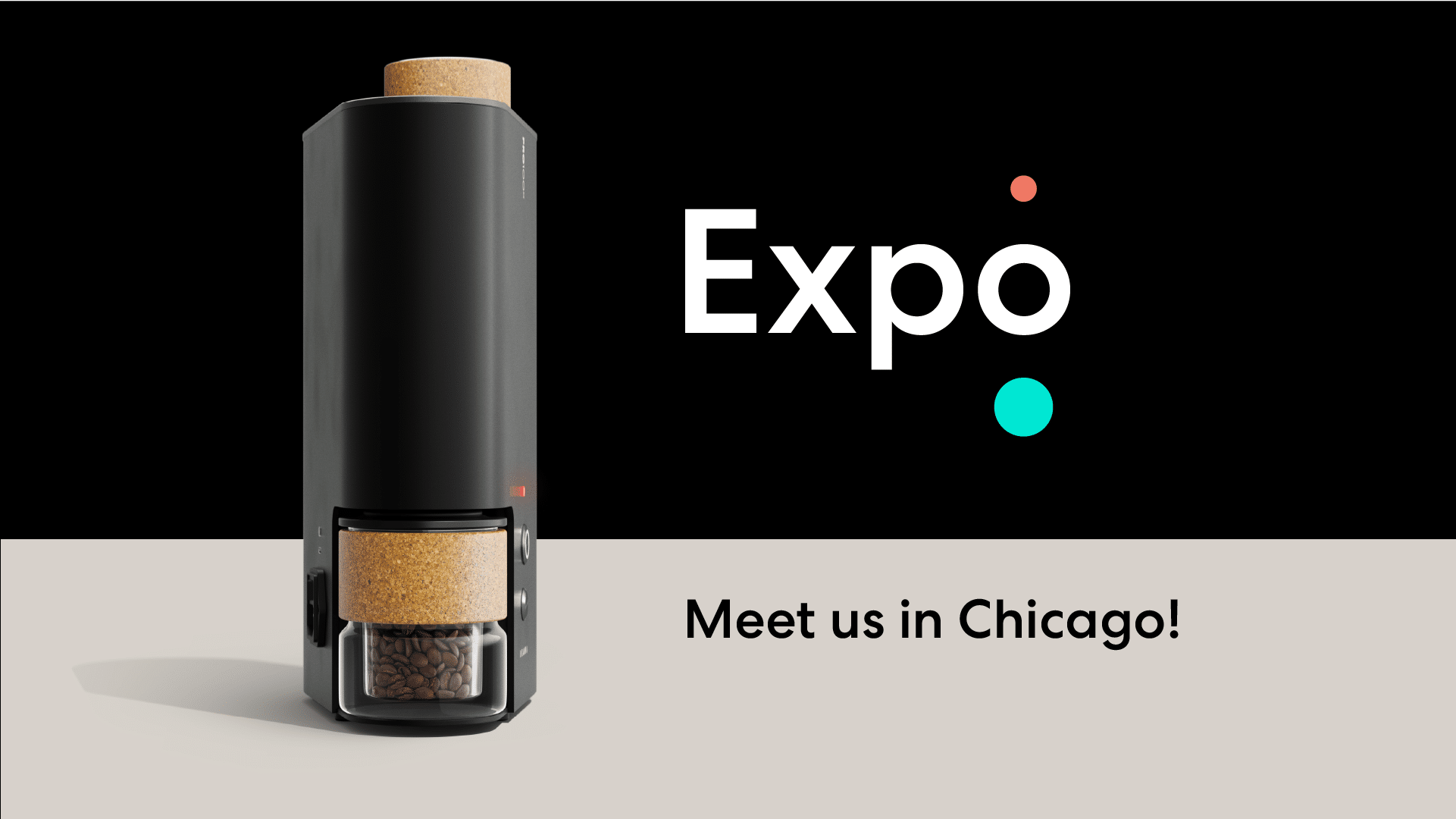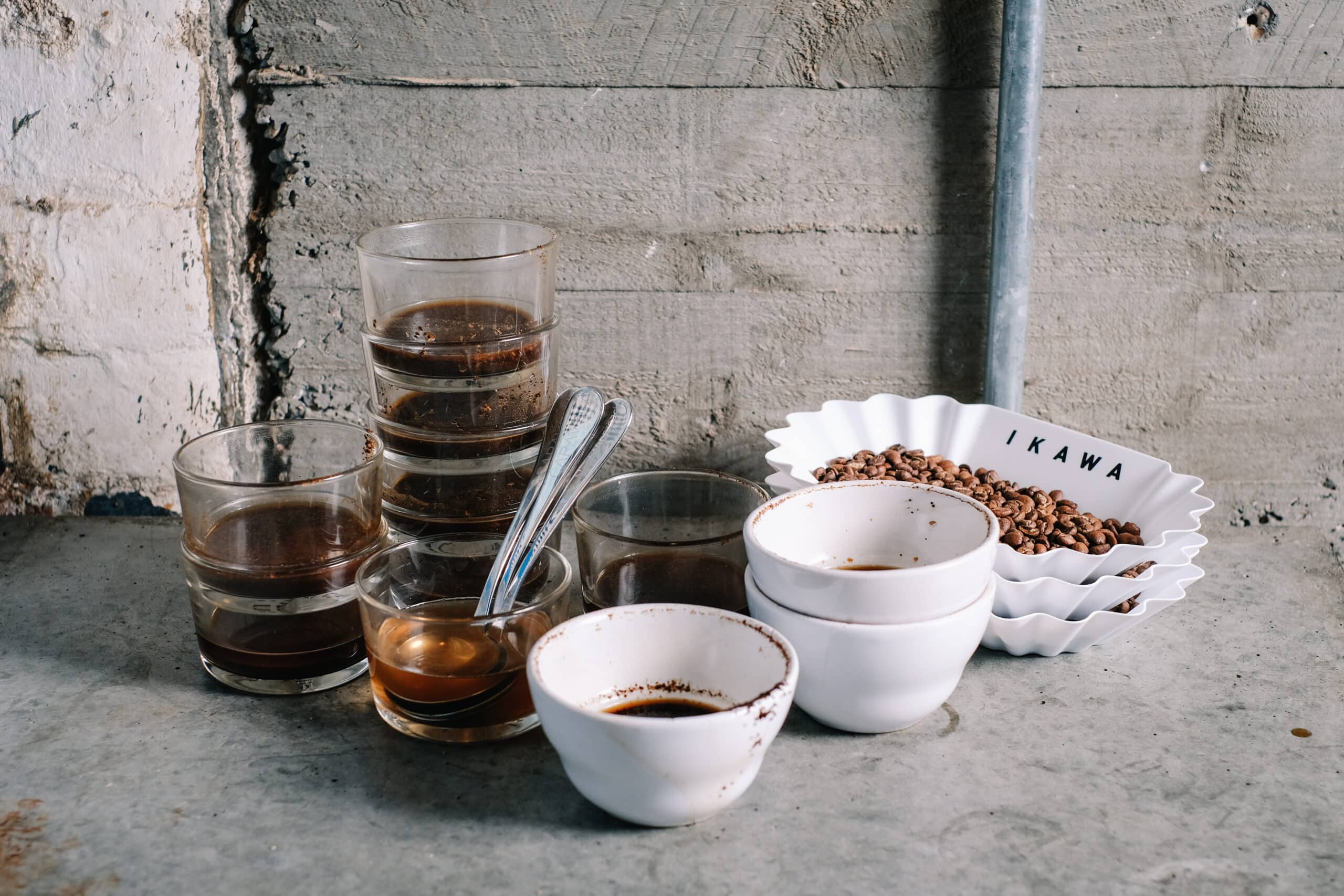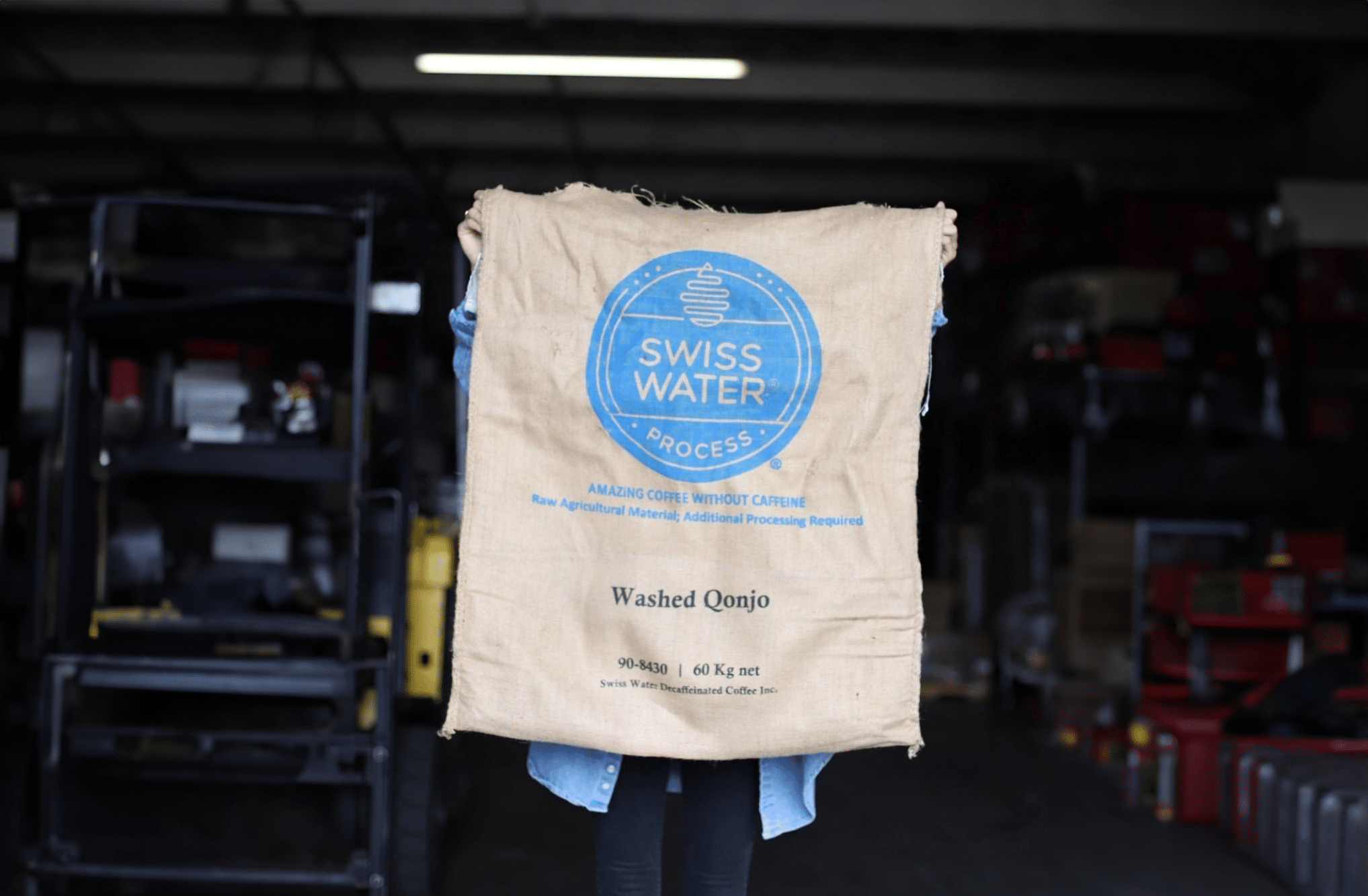In the context of preparing for the competition we can learn a lot from Patrik’s approach to roasting with an IKAWA; and how his coffee selection, and brewing intentions came together for his final routine. His undoubted desire to craft phenomenal coffee, in combination with his belief that coffee commands a respect that can be best described as a “chain of values”, can be observed in his fastidious attention to detail from farm to cup; and each step in between.
Coffee Selection and Preparations
Ahead of Boston, Patrik, founder of April Coffee in Copenhagen, headed to ‘Da Tota Farm’ in Costa Rica to start this journey with his competition coffee and the farmer that produced it, developing an in-depth understanding of the growing environment and complex processing methods the farm had used to produce the lot Patrik was using.
In 2018, the coffee that Mathieu Theis used at the 2018 World Barista Championships made an impact on Patrik – he couldn’t forget it, and sought out something similar.
He believes research trips to origin are extremely valuable to aid roast profile selection and development, but also brewing method and style. Knowing the margins for winning on the world stage are extremely fine, he was searching for something unique and exceptional. The experimental Geisha natural anaerobic process, grown at 1900 MASL, he believed was the ‘one’, and he knew it would need to be treated with care to ensure the final cup had great body, balance and integrated acidity. Practically, in terms of preparation, this would mean dialing in his roasts to pinpoint exactly how to best develop his coffee. Patrik also went above and beyond, creating his own ‘April Brewer’; a large aperture, flatbed brewer.
Roast profile creation usually starts wide and narrows down to the fine details over time. It can be time consuming and more importantly, expensive with a rare coffee like this, but armed with his IKAWA Patrik was able to roast 50g samples at a time, minimizing waste, while still maximizing the potential in the coffee.
Working back from a WBrC score sheet, Patrik knew that in order to score highly, he would need to respect a chain of values; in which, how he roasted, would dictate exactly how he brewed.
Inversely, how Patrik wanted to brew, with his ‘April Brewer’ would strongly influence aspects of his roast profile. For Patrik, this meant one thing: a longer maillard development. Upon researching a range of IKAWA roast profiles, even the longest were too quick for what Patrik was looking for, as they were more suited to sample evaluation.
Sample Evaluation vs Roasting for Competition
He came to the conclusion that for day-to-day sample evaluation, rather than small batch competition roasting, quicker roasts were more efficient, less time consuming and perfect for sample roasting. His sample roast takes the same approach as many do – it’s just over 5 minutes long and has a relatively low end temperature.
TRY PATRIK’S SAMPLE ROAST

